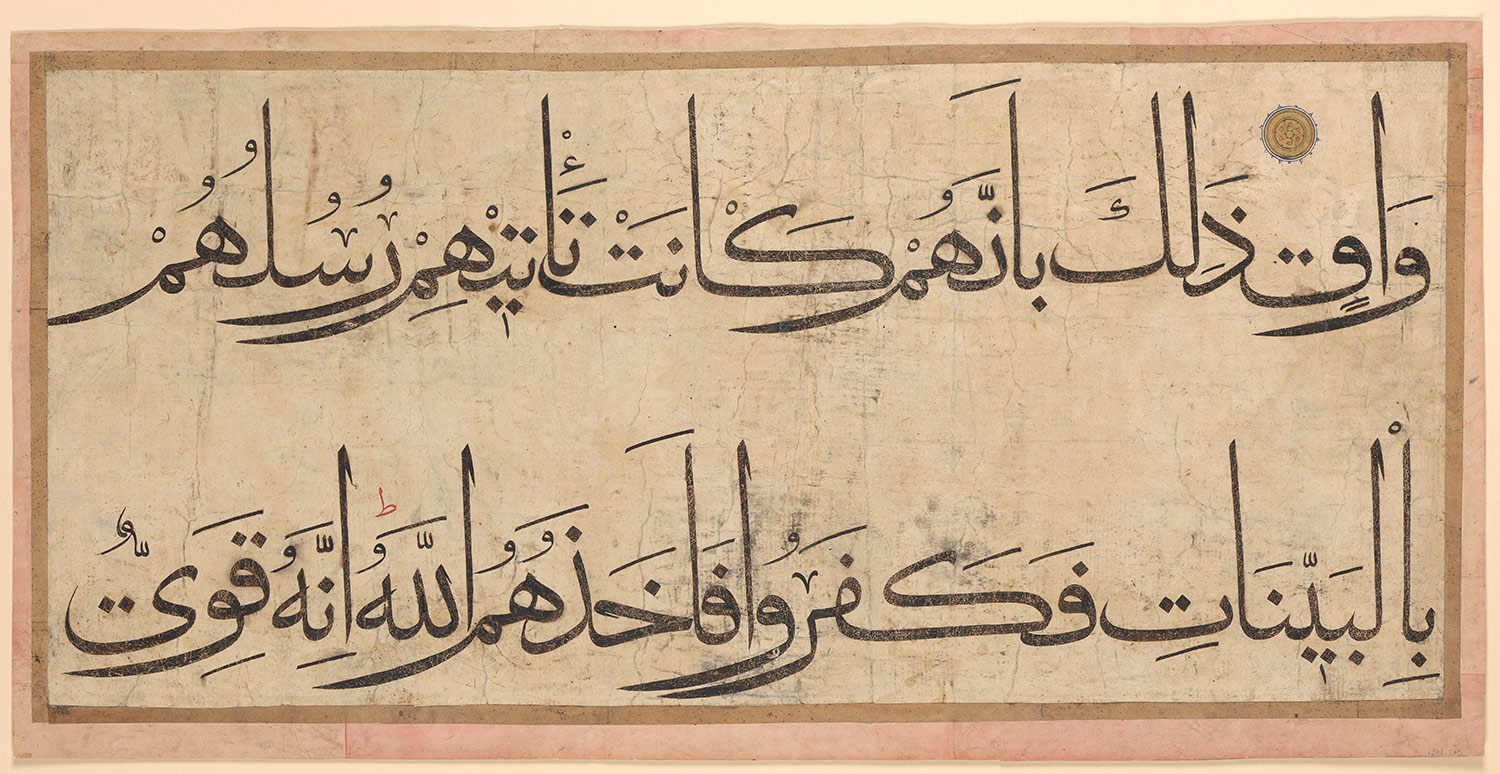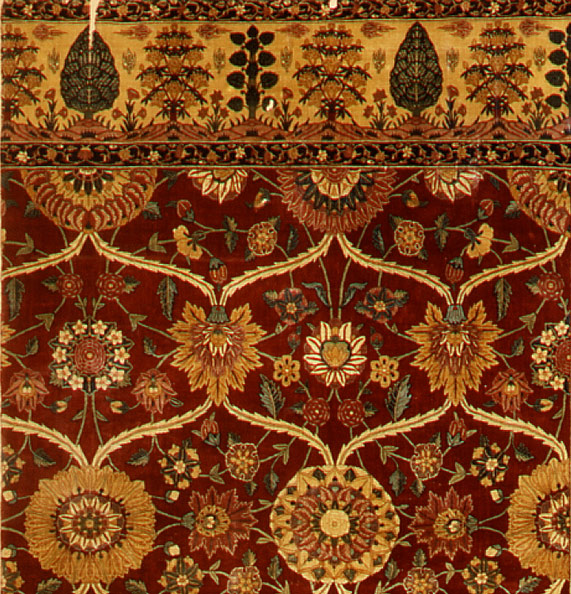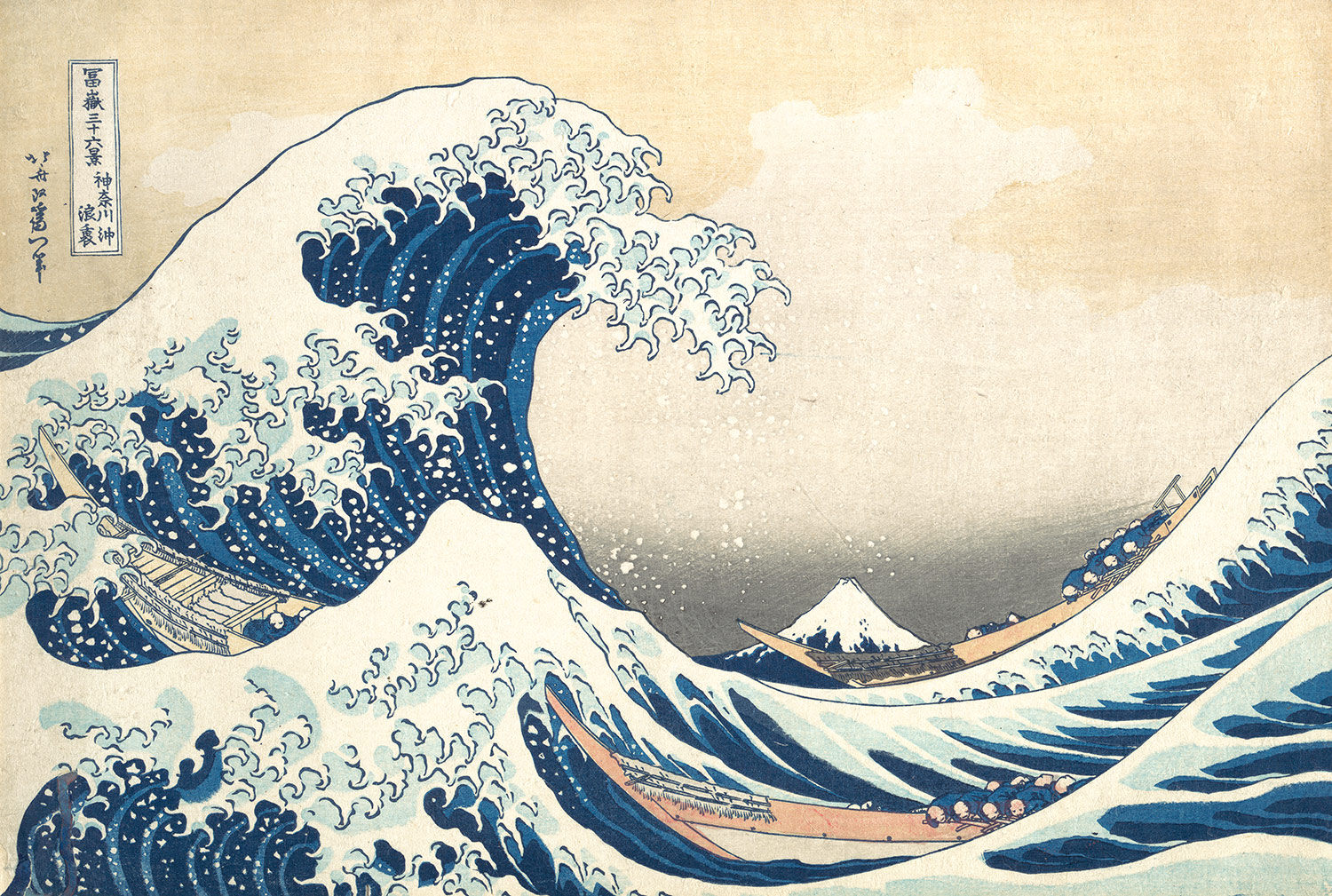1. Spirited Away: Explain the concept of aware (beauty and sadness) using examples from Miyazaki's film
2. Zen Art: explain the purposes and meaning of one specific work of art -- either Ryoan-ji, the haboku painting of Toyo Sesshu, or ukiyo-e woodblock prints -- how the work both represents the world & calls attention to its falseness
3. wabi-sabi: explain how this concept can be seen in at least two aspects of the tea ceremony or the objects associated with it
4. Hokusai's "Great Wave:" explain the meaning(s) of this image
5. Islamic Decorative Art: describe the three principal types of decoration used in Islamic art, and what they all have in common.
6. Mosque: describe the essential and most common features of a mosque and the purpose of each.
7. Taj Mahal: who made it, and what is it for? Describe at least three ways of looking at the Taj.
8. Final Question: Our college's General Education program requires all students to complete work in each of ten different areas of competency. Below are descriptions (from the catalog) of two of them. Choose one of these competencies -- either Cultural Literacy or Diversity and Social Consciousness -- and explain how your work in this class fits that description. Use at least two specific examples from the course material to support your answer.
Cultural Literacy: To develop the skills and cultural knowledge base necessary for effective membership in the larger community; to read and comprehend artifacts and texts in their historical and cultural contexts.
Diversity and Social Consciousness: To demonstrate an awareness of the diversity that exists among all human groups, and to develop the necessary skills to understand diverse cultures and traditions.





















